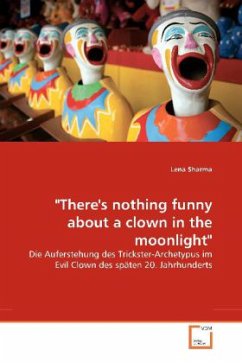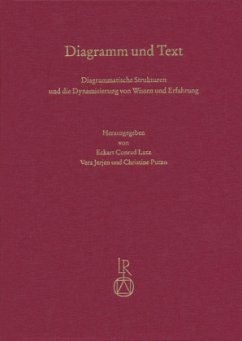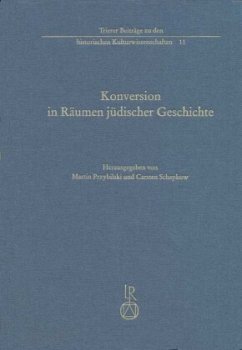
Studien zu ausgewählten Fastnachtspielen des Hans Folz
Struktur - Autorschaft - Quellen
Herausgegeben von Przybilski, Martin
Versandkostenfrei!
Versandfertig in 2-4 Wochen
49,00 €
inkl. MwSt.

PAYBACK Punkte
0 °P sammeln!
At the threshold of modernism, the artisan poet Hans Folz plays a significant role as author and printer in the cultural center of Nuremberg. Part of his multifaceted oeuvre includes at least 18 carnival plays (Fastnachtspiele) that are currently being edited and commented on at the University of Trier.The studies contained in this volume were produced as part of this new edition of the Nuremberg carnival plays. They focus on four works by Hans Folz and illuminate them through structural, as well as material and motive historical aspects. Particularly, a sustainable picture of the author's spe...
At the threshold of modernism, the artisan poet Hans Folz plays a significant role as author and printer in the cultural center of Nuremberg. Part of his multifaceted oeuvre includes at least 18 carnival plays (Fastnachtspiele) that are currently being edited and commented on at the University of Trier.
The studies contained in this volume were produced as part of this new edition of the Nuremberg carnival plays. They focus on four works by Hans Folz and illuminate them through structural, as well as material and motive historical aspects. Particularly, a sustainable picture of the author's specific operational processes is drawn.
In addition, the volume contains an edition of the poem "Von den zwelff fauln pfaffenknecht" ("Of the Twelve Lazy Servants") (Hs 5339a, Germanic National Library of Nuremberg), and a concordance of the new edition of the still relevant publication of Adelbert von Keller's carnival plays.
The studies contained in this volume were produced as part of this new edition of the Nuremberg carnival plays. They focus on four works by Hans Folz and illuminate them through structural, as well as material and motive historical aspects. Particularly, a sustainable picture of the author's specific operational processes is drawn.
In addition, the volume contains an edition of the poem "Von den zwelff fauln pfaffenknecht" ("Of the Twelve Lazy Servants") (Hs 5339a, Germanic National Library of Nuremberg), and a concordance of the new edition of the still relevant publication of Adelbert von Keller's carnival plays.
Dieser Artikel kann nur an eine deutsche Lieferadresse ausgeliefert werden.












